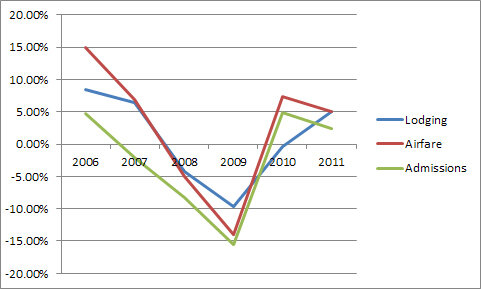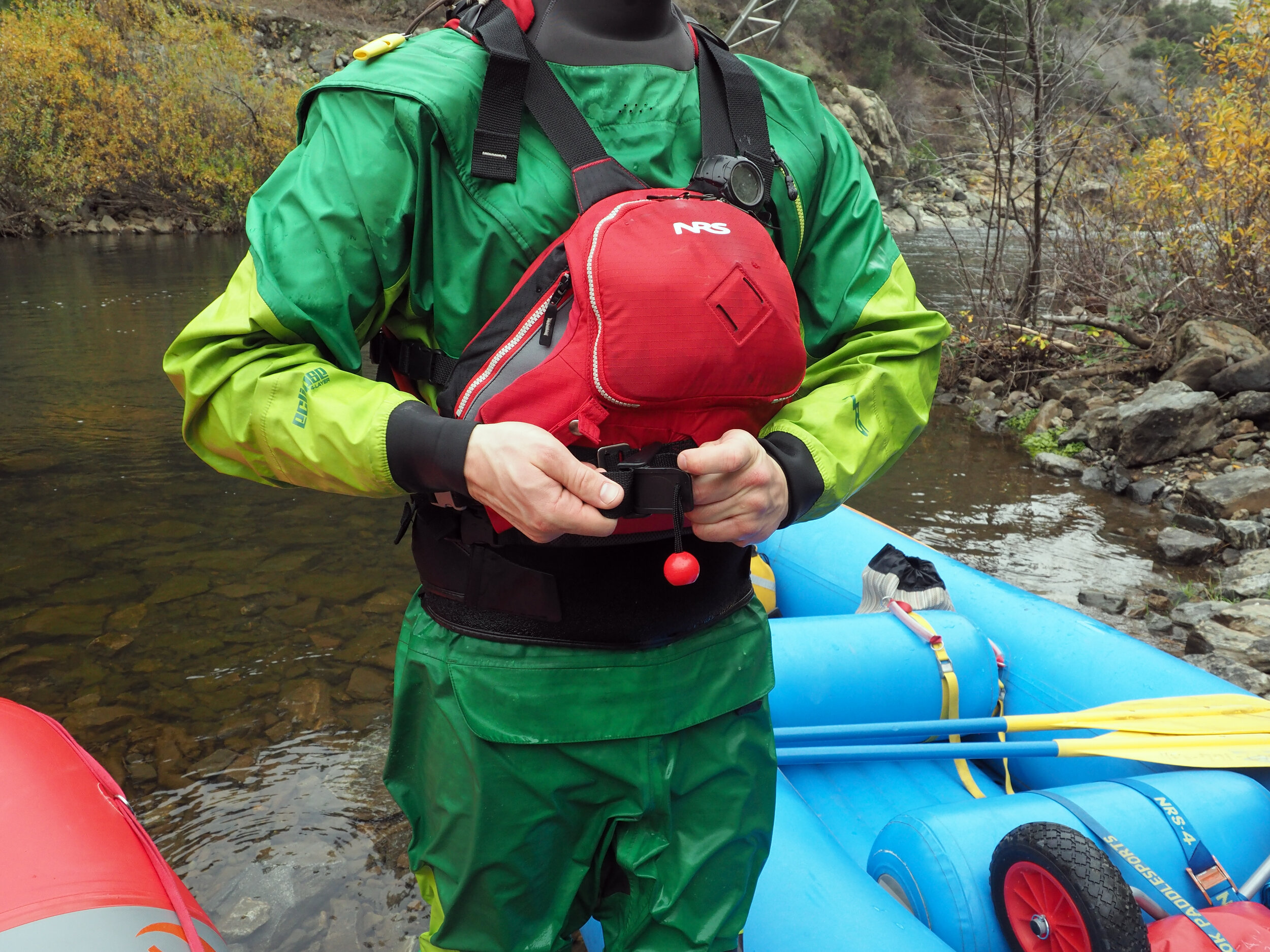Boating Business - Coronavirus and Economic Slowdowns
How will Coronavirus affect hospitality?
Coronavirus in a hot topic at the moment and rightly so after all at the time of writing this piece we have seen a huge impact to stock markets and global supply chains. These effects will ripple across the market and especially impact the tourism and hospitality sector. Senator Joel Villanueva, chair of the senate labor committee said “We think the tourism sector will bear the brunt of our government's travel ban due to the COVID-19 outbreak. The government should spur domestic tourism to assuage the impact of decline in foreign tourists,”
The senator’s statements show an interesting shift in the mentality of tourism during periods of economic uncertainty. Fears about pandemics and recessions create a situation where average spends on travel and tourism decrease dramatically due to financial uncertainty. Fears about a Coronavirus pandemic though are not just about the actual virus affecting people though. Coronavirus has silently begun to cause supply chain disruptions and investment income which have ripple effects on how much people can spend on non-essential activities like outdoor recreation.
Historical effects of financial uncertainty in tourism
To understand what happens during times of financial uncertainty the US Bureau of Labor produced several statistics on US average annual spend on travel during the last economic downturn. When we compare the year over year percentage change we can see a serious contraction in annual spending bottoming out in 2009
This trend is also mirrored in a Boston and Cambridge look at the average occupancy of hotel rooms during the last financial crisis.
All of this combined shows a major contraction across the tourism sector with leisure travel being the hardest hit. The bottom line is that during times of economic uncertainty more people are staying home.
Domestic tourism during financial uncertainty
One of the most reliable measures of demand in tourism is numbers of travelers. So clearly financial uncertainty has a negative relationship on the demand for tourism, but this approach only looks at the big picture of trends in the US using the above data. When we look at the rafting industry during times of uncertainty we actually see a counter intuitive pattern emerge. Here is the use data compiled by America outdoors on East Coast Rivers:
Based on the above numbers, rivers in the Eastern United States showed a general uptick in use during the last 2008-2011 financial crisis. For rivers like the Nantahala and New rivers, which were on a historical downtrend anyway, there was little to no statistically significant outstanding change in use. This is also mirrored out west on the American river:
For the period of 2006 – 2012 numbers averaged just under 70,000 commercial trips and at the lowest year of 2009 the aggregated commercial use for that year was only 12% below average which was about in line with national averages, but historically speaking the financial crisis was as bad for commercial rafting as a year listed as super dry due to low snow pack.
How will Coronavirus affect rafting
One of the biggest questions looming during the viral crisis is how will Coronavirus affect tourism? Financially speaking a pandemic is one of the worst possible events for the tourist industry due to fear as well as logistical issues like travel bans. These bans cost hospitality companies a ton of money in foreign business by scaring folks away from foreign destinations. What effect does this have on demand though?
During the 2009 swine flu epidemic airlines and travel companies were seeing cancellation rates of up to 50% due to fears of viral transmission. This was devastating to tropical destinations and anywhere where you might find large gatherings of people…looking at you theme parks. What happened to rafting outfitters during this medical crisis?
People already were not travelling much because of financial fears, but add to that imminent death from the flu and people stayed home. They didn’t stay idle though and on both coasts during 2009 rafting saw a near universal increase from 2008. If you can get the same enjoyment from a theme park or tropical resort and you are not exposed to the volume of people then your chances to get sick drop dramatically. 1 raft is just your family and friends so you are not climbing into a seat on a roller coaster or plane that thousands of people have touched and were never cleaned.
Financial slowdowns and staycationing
During the 2008 financial slowdown the term staycation was a common term in hospitality; as tourism consumers were spending more time doing things closer to home in an attempt to reduce their total spend on leisure activities. The term was designed to personify taking a vacation while staying at home and this phenomenon was a clear result of the last financial crunch.
While major airlines, hotel chains, and cruise lines were feeling the squeeze as well as reducing their operations to compensate, a new breath of life came to hospitality in an odd way. Amid the financial turmoil companies that were lean, innovative, and adaptive started thriving.
Uber, Airbnb, and the boutique hotel craze all came out of this as people tried to do more with less and reduce overhead. This also held true for outfitters who had built entire business systems based on running lean at all times, and these companies thrived in the immediate aftermath of the 2008 meltdown.
How rafting companies can respond to Coronavirus
Ultimately people still want to have a good time and rafting is super fun. Staying home doesn’t mean staying idle. Encouraging people to go rafting rather than go on a far flung vacation is a great way for everyone to build more interest in the industry.
If you work in the rafting and paddle sports world, here are some thoughts to help encourage others to choose outdoor recreation if they are afraid to travel or simply can’t afford it:
Guided raft trips average 6-8 people in each boat thereby decreasing your risk of infection from ailments like Coronavirus compared to the thousands who go to amusement parks each day.
Outdoor recreation often takes place in rural areas with low population density which further reduces chances for infections.
A recent Bankrate study found that Americans spend an average of $1979 on summer vacations. Contrast that with an average rafting day trip in the US will cost about $400-500 for a family of 4 and summer vacations can end up being much more affordable for rafting guests.
Local travel is far less invasive than foreign trips and highlighting the hassle free nature of rafting is a great way to get people on the river.
Invest in a little customer service training if you are an outfitter or guide. Improving service scores can bring back repeat clients which helps get more people on the water.
Have a plan to help mitigate people’s exposure to things like coronavirus by cleaning and sanitizing gear after every trip, but don’t forget the most important part which is communicating that plan to your guests.
If you have a boat make it a point to ask your friends outside the river community to come paddling with you eventually they may want to go through guide training to boat with you more often.











